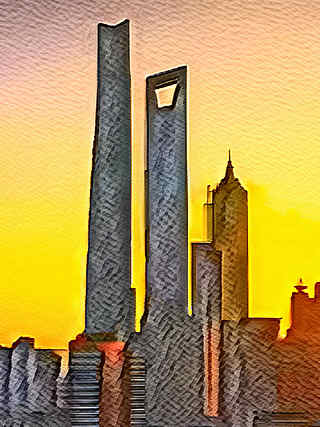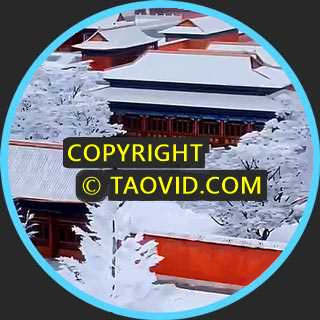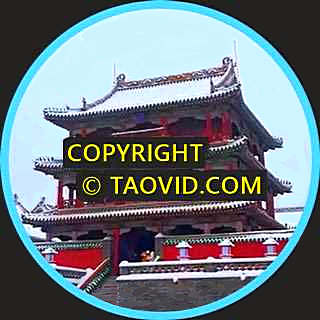Tulou Ancient Circular Castles of the Hakka People, Fujian, China
The architecture of China is as old as Chinese civilization. As a country with a very long cultural history, China has many relics from the past that are well preserved today.
One of them is the Tulou, a large circular building similar to a fortress that can accommodate up to 800 people.
A tulou (土楼), or “earthen building”, is a traditional communal Hakka people residence found in Fujian province, in South China, usually of a circular configuration surrounding a central shrine, and part of Hakka architecture. These vernacular structures were occupied by clan groups.
The Hakka, sometimes also referred to as Hakka Han, or Hakka Chinese, or Hakkas, are a Han Chinese subgroup.
Their ancestral homes are chiefly in the Hakka-speaking provincial areas of Guangdong, Fujian, Jiangxi, Guangxi, Sichuan, Hunan, Zhejiang, Hainan, and Guizhou in China, as well as in Taiwan in Taoyuan City, Hsinchu County, Miaoli County, Pingtung County, and Kaohsiung City.
Although most tulou were of earthen construction, the definition “tulou” is a broadly descriptive label for a building type and does not indicate construction type.
Some were constructed out of cut granite or had substantial walls of fired brick. Most large-scale tulou seen today were built of a composite of earth, sand, and lime known as sanhetu rather than just earth.
The tulou is often three to four stories high. Often they would store food on the higher floors.
Due to their unorthodox and strange appearance from the outside they were once mistaken for missile silos by American analysts during the Cold War. Others even compare it to ancient ‘spaceships’.
Fujian Tulou was inscribed on the UNESCO World Heritage List in 2008.
Video Source: TULOU, Hundreds of Years Old Circular Castle House of the Song Dynasty from OMT – mini documentary on Youtibe ⁄ CC BY






